Afghanistan
Republic of Afghanistan is a landlocked country in South Asia and Central Asia, known for its rugged mountainous terrain, rich history, and diverse cultures. Afghanistan is home to various ethnic groups, including Pashtuns, Tajiks, Hazaras, and Uzbeks. The capital is Kabul.
History
Almost everything beyond this point is alternative history. Do not take anything you see here seriously!
Flame Revolution
Since 1973 the Republic of Afghanistan was ruled by Mohammad Daoud Khan who sought to create an independant and neutral state. His rule was very unpopular, especially with the peasantry which felt abandoned by the current government.
Both the Soviet Union and the United States wanted Afghanistan to be in their sphere of influence. Actions taken by US and USSR with the goal of swaying Afghanistan into swearing fealty to them were seen as imperialist by many Afghanis. This popularized more radical political positions among the Afghani population, especially Maoism. Maoist slogans of anti-imperialism, communism and resistance against the Soviet Union were becoming more and more popular among the intellectual and proletarian classes alike.
Poor living standards, years of unpopular rule and radicalization eventually led to a coup on April 10th, 1979. The coup was organized by the "Eternal Flame" Party with help from the Chinese People's and Republic and led by a Maoist Hazara revolutionary Akram Yari. The coup became known as the Flame Revolution (شعله انقلاب).
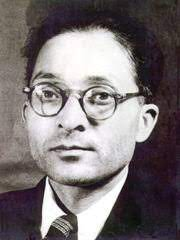
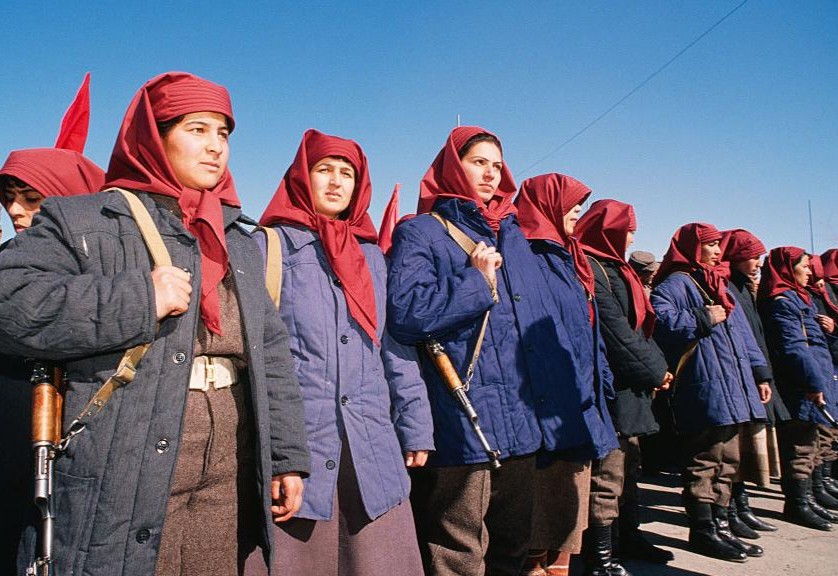
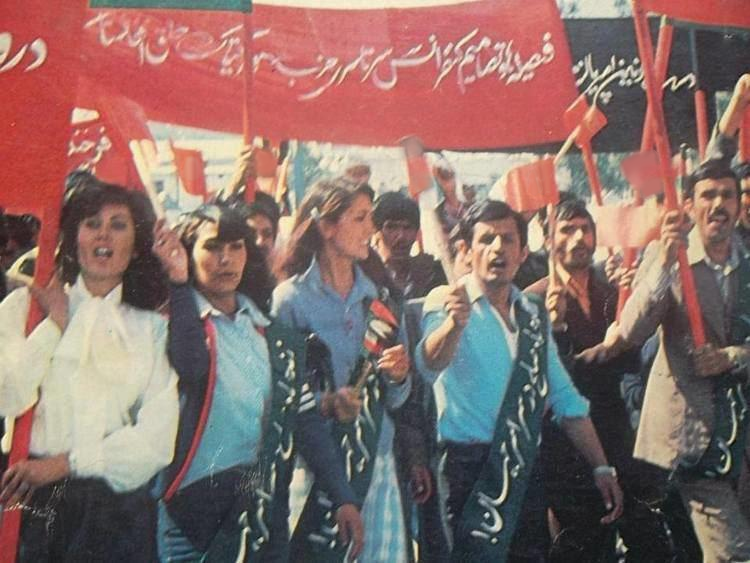
"Second Revolution" period
New governmnet's first goal was to destroy past leadership. During the first months after the Flame Revolution many high ranking officials of the previous government were arrested and executed. Military was purged of disloyal elements aswel. Politicians of other socialist and communist parties and organizations were offered to swear loyalty to the Maoist government, which in most cases was accepted, however most of them never received any high positions. It is overall estimated that around 1000-2000 individuals were killed in first five months after the coup.
The beginning of the Second Revolution is marked by Akram Yari's speech given on 30th of October, 1979 in which he stated:
- "Our revolution is over, but our revolutionary spirit lives on. The time has come to start a second revolution of heart and mind."
The "Second Revolution" was modeled after various programs and campaigns conducted by Mao Zedong in Communist China, predominantly the Great Leap Forward and the Cultural Revolution.
Various political reforms were made to build foundations for the future Socialist state. Many of old government institutions created before the revolution were abolished. The People's Council of Afghanistan was established to act as a form of parliment which was inspired by the National People's Congress in China. Land was taken away from landlords and redistributed to peasants as various land reforms were introduced. A system of state-ownded "Model Farms" where the youth from schools in the cities would be sent once a month to "experience hard work and toil". A system of penal labour prisons for political and regular prisoners was introduced aswel.
Social reforms were introduced aswel. All minority groups were declared to be equal and the government encouraged them to "spread the teachings of Marx in their native tongues." Gender equality was enforced by encouraging women to take jobs in fields previously dominated by men and to rebel against societal norms. Legal penalties for abusing women by men were introduced and abusers were put through "strenght trials", organized by the Communist Party, in which they would be beaten and publicly humiliated by groups of women. Struggle sessions modeled after their Chinese counterpart were organized throughout the state. Landlords, religious figures and figures associated with the previous regime were subjected to public humiliation often from people once close to them.
Following China's example Afghanistan officially adopted the ideology of Marxism-Leninism-Maoism in 1994, replacing it's previous official party line of Marxism-Leninism. This was a purely PR move with which China wanted to distance themselves and their allies from the Soviet Bloc, which used the term "Marxism-Leninism" as their official party line aswel.
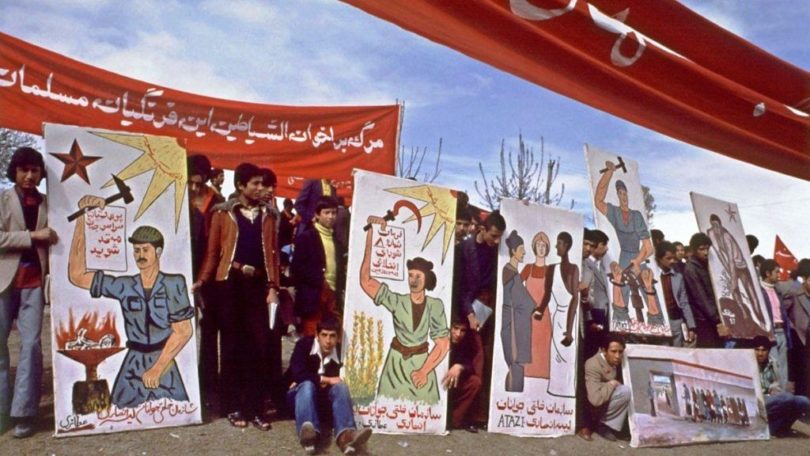
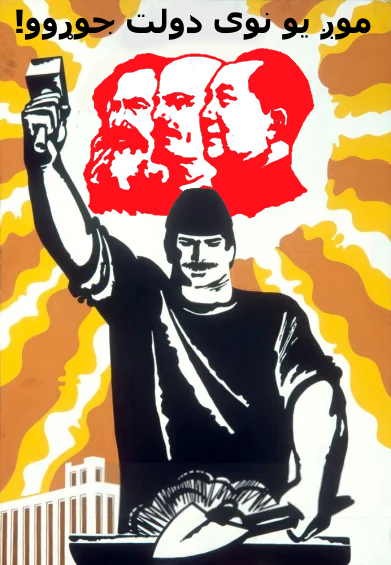
In foreign affairs Maoist Afghanistan always took the same stance as China, which they considered their closest ally. Afghan government often denounced the USSR and the US as "imperialists from Moscow and Washington". The coup in Afghanistan shaked the geopolitics in Central and South Asia. Alexander Yakovlev warned the Afghan and Chinese governments in 1982 that "the Soviet Union will not tolerate any interference in the world Socialist movement and its internal affairs." Soviets were afraid that China could influence Central Asian Soviet republics through Afghanistan, especially when the USSR was going through major economic reforms at that time. Despite their staunch anti-Soviet position, Afghanistan never took any real actions beyond denouncing and empty threats against the Soviets. Afghan revolution worried other neighboring countries aswel. Pakistan decided to strenghten its ties with the United States, eventually leading to establishment of an American military base in Pakistan in January 1984 following a speech made two months before in which Saydal Sokhandan, who at that time was the minister of Agriculture of Afghanista, called for the "liberation of minorities oppressed by the Pakistani rule. The young Islamic Republic of Iran decided to introduce anti-Communist policies to combat possible future Maoist movements in their country, while India decided to strenghten its internal security and the position as a non-aligned state.
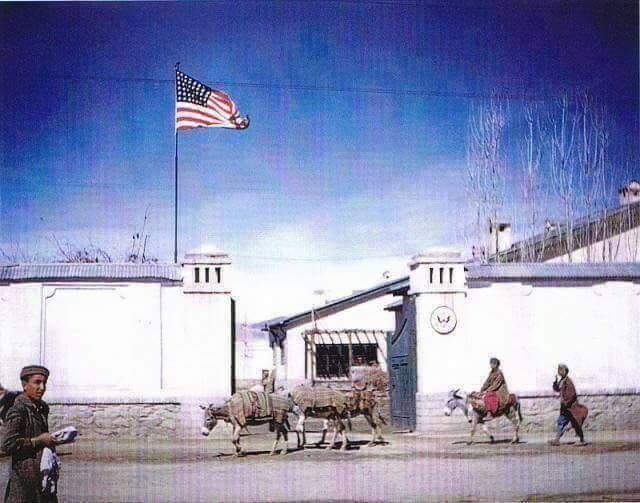
Over time less radicals reforms appeared in Afghanistan. 90's in Afghanistan are marked by the gradual introduction of new technologies through China and a slow increase in the overall development of the country. The "Second Revolution" period is said to have ended on May 10th, 1998 when Afghanistan was officially connected to the Chinese counterpart of the Internet, ShuWang (数网).
Contemporary History
Akram Yari passed away on 5th of February 2002. Saydal Sokhandan, a friend of Yari and a veteran of the Flame Revolution was choosen to become his succesor. Sokhandan sought to continue the policies and efforts of his predecessor. Under Sokhandan's rule Afghanistan remained a one-party state and officially subscribed to the ideology of Marxism-Leninism-Maoism, however it's domestic policies became less radical over time and Afghanistan became vocal about revolutionary spirit mostly only in foreign countries.
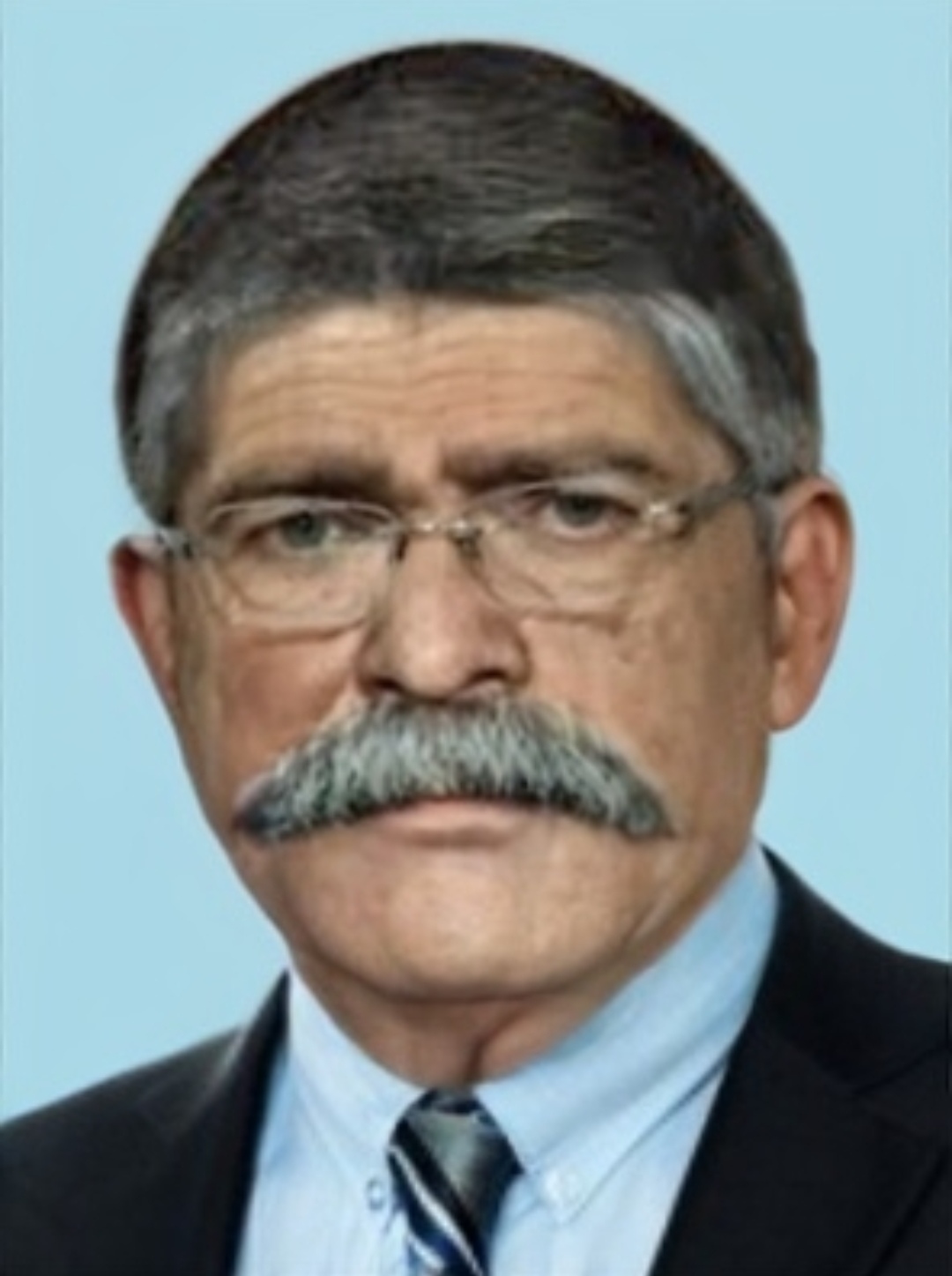
Geography
Afghanistan is located between Central Asia and the Indian Subcontinent. Due to its location it is often called the "crossroads of Asia".
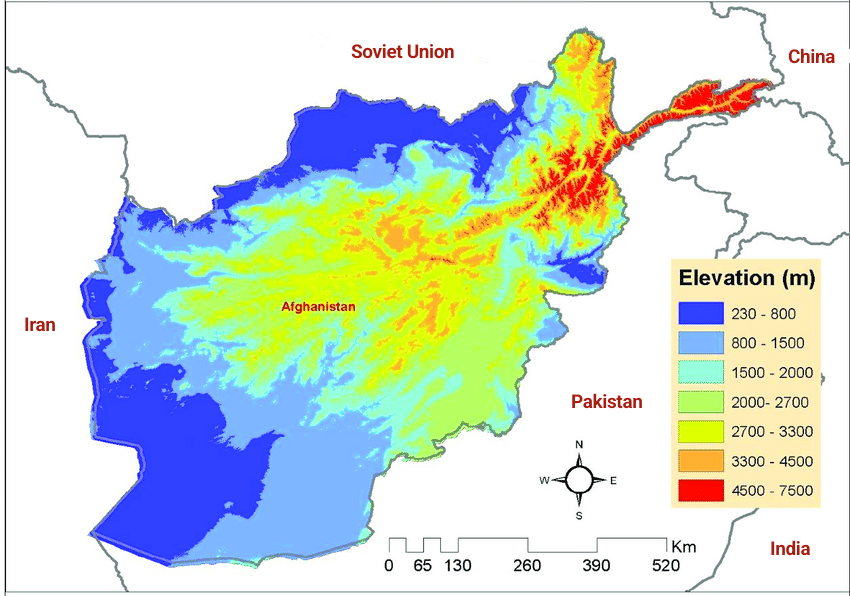
Afghanistan spans over 652,864 km2 (252,072 sq mi) making it the (I'll put numer here)th largest country in the world. Afghanistan has no coastline making it a landlocked country. It's longest border, which is also known as the Durand Line, is shared with Pakistan. Afghanistan's other neighbors include Iran to the West, USSR to the North and China to the East.
Afghanistan is prediminantly mountainous with it's highest peak, called Noshaq, standing at 7,492 m (24,580 ft) above sea level. It is part of the Hindu Kush mountain range. Norther Afghanistan is a geologically active region very prone to avalanches and landslides. Earthquakes occur there almoast every year.
Despite having many great rivers, Afghan climate is mostly dry with forests covering only 2% of the country. The Sistan Basin located in South-West Afghanistan is considered one of the driest places in the world.
The snow leopard is considered the national animal of Afghanistan.

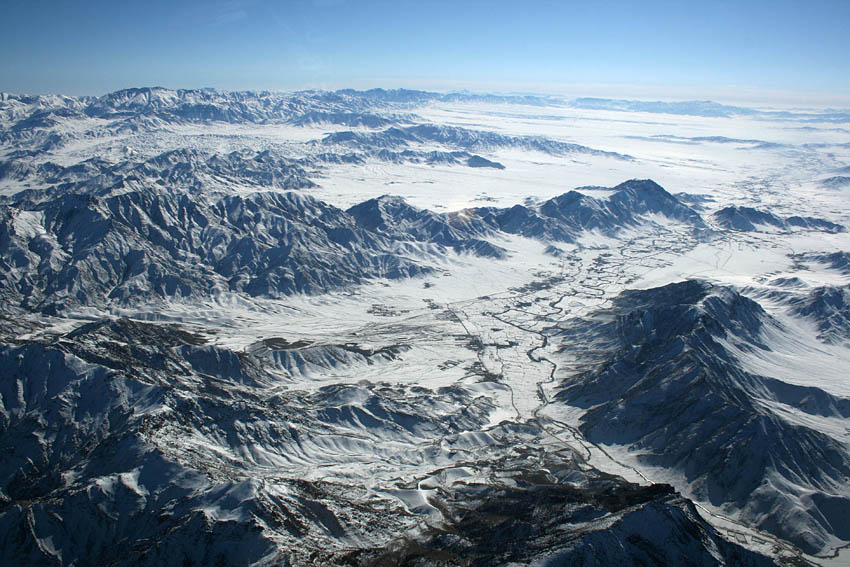
Government and Politics
Afghanistan's official ideology is Marxism-Leninism-Maoism as outlined in the Constitution of 1994. Afghanistan's politics are monopolized by the Communist Party of Afghanistan with its Chairman being the head of both the state and the government. Afghan parliament consists of one cabinet, the The People's Council of Afghanistan which consists of 249 seats. Afghanistan does not hold democratic elections. Officials are choosen through the Communist Party bureauocracy system with only the Party members being able to hold offices.
Economy
Afghan economy is mainly dominated by agriculture with industry taking up less than 10% of it. It is estimated that the economy of Afghanistan is worth around 7.16 billion USD and its economic growth from 1979 to 2024 was on avarage around 1.59%. Afghanistan's economy is centrally planned with the Economic Planning Comitee as the highest economic planning body in the country. It's main exports include: grapes, tropical fruits, raw cotton, textiles and soap.
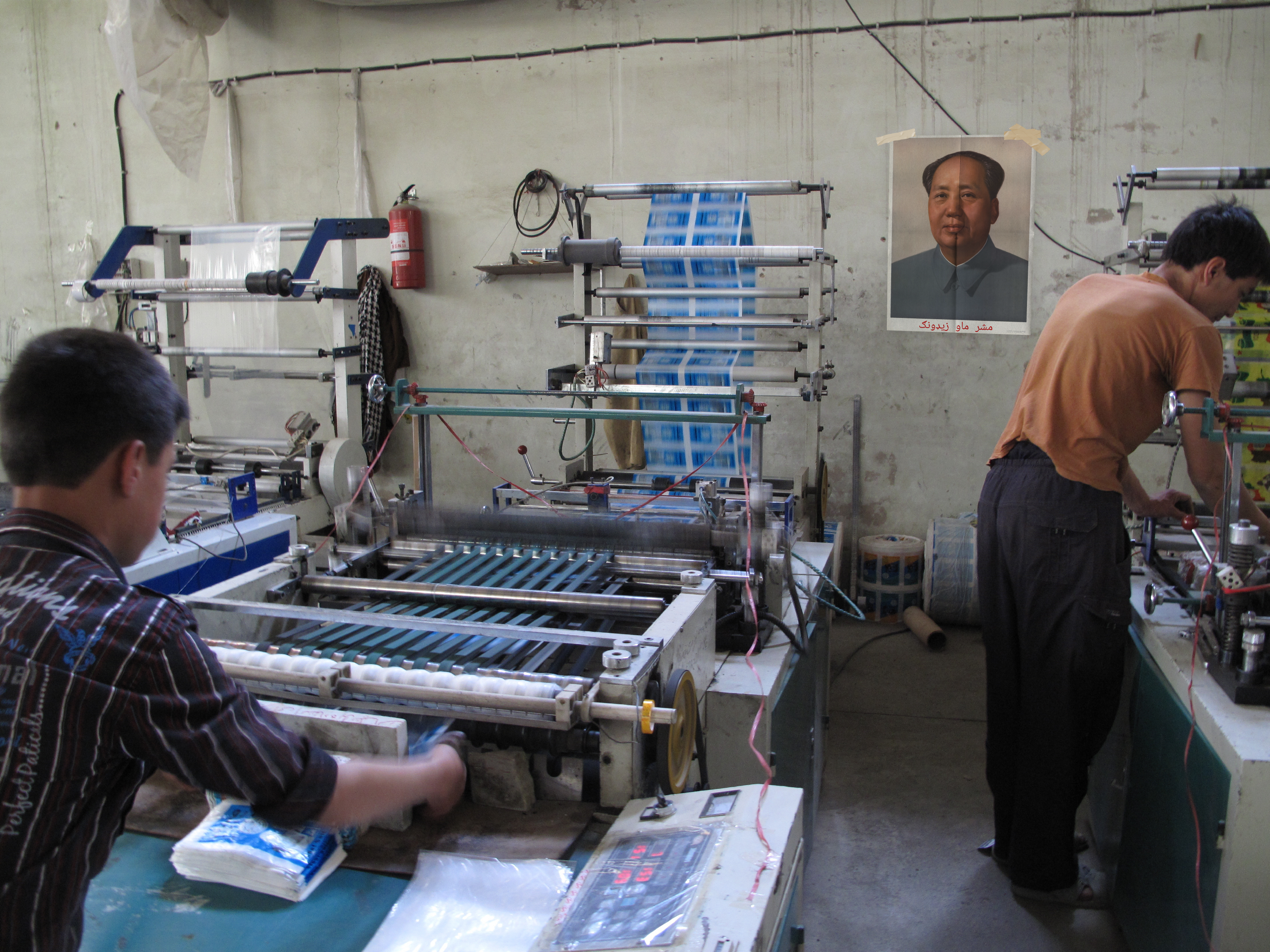
While the industry is fully owned by the state with a monopoly on all enterprises, the agriculture sector is owned mainly by farm cooperatives which are techniclally owned by the farmers. The state gives quotas and directives to farm coops which they have to fullfil. The state then takes the agricultural produce for which the farmers and farm laborers are paid. Any excess product can be kept for keeping and personal use by the farm cooperatives.
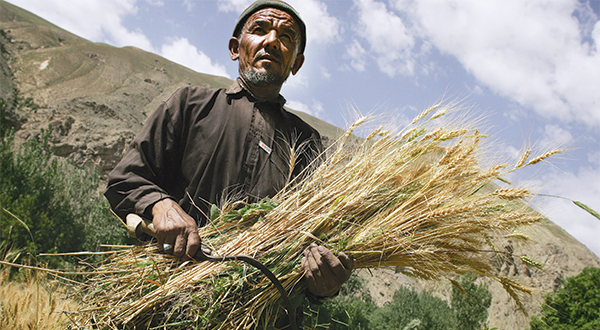
Notes
- Maoists in Afghanistan were (and still are) an actual thing btw. Some speculate that Akram Yari's movements were even more popular than the governing Communist parties at that time (especially among students.) You can look it up. I'm not making this shit up.
- Picture 1 in the geography section by Carl Montgomery. Provided link to wikimedia: https://commons.wikimedia.org/wiki/File:Road_to_Bamiyan,_Afghanistan.jpg
- Picture 2 in the geography section by Jerome Starkey. Provided link to wikimedia: https://commons.wikimedia.org/wiki/File:Afghanistan_from_above.jpg
- Other pictures found on the Internet with no provided author. Finders keepers.
